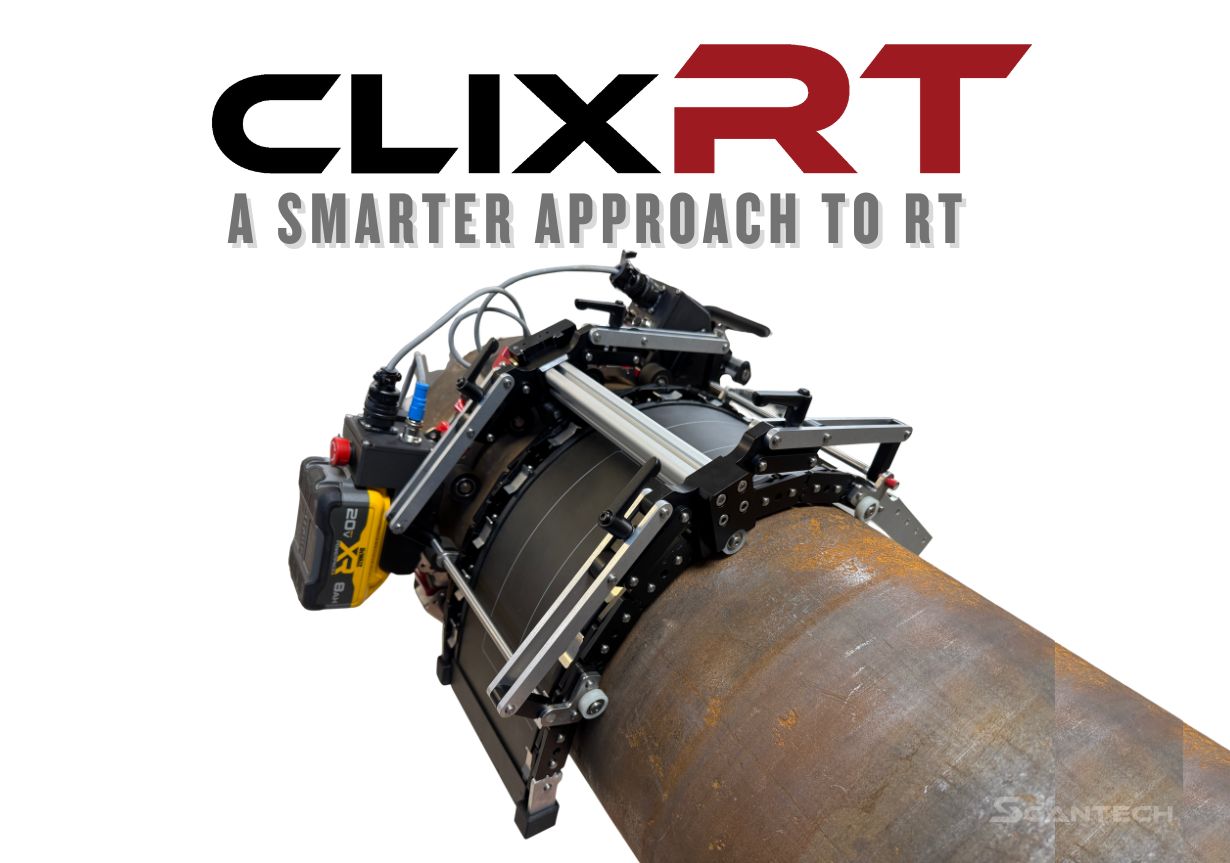Table of Contents
In the evolving landscape of industrial maintenance, efficiency, precision, and safety are more critical than ever. As industries strive to maintain high standards, automated inspection solutions like ultrasonic technology have emerged as key tools, transforming how maintenance tasks are performed, particularly in non-destructive testing (NDT).
Enhancing Inspection Precision and Accuracy with Automated Solutions
One of the most significant advantages of automation in inspections is its ability to deliver precise and accurate results. Traditional manual methods can be inconsistent, with results varying based on the operator’s skill level and experience. In contrast, automated ultrasonic systems use high-frequency sound waves to generate detailed images of internal structures. This technology ensures that even the smallest defects are detected, providing a level of accuracy that manual methods often cannot match. By minimizing human error, these systems help industries maintain the integrity and safety of their equipment.
Boosting Operational Efficiency through Automation
Efficiency is a crucial factor in industrial maintenance, where time is often of the essence. Delays can lead to costly downtime, affecting productivity and profitability. Automated systems significantly enhance operational efficiency by speeding up the inspection process. These systems can scan large areas quickly, providing comprehensive data in a fraction of the time required by manual inspections. This increased speed not only reduces the time needed for maintenance activities but also allows for more frequent inspections, helping to catch potential issues before they become serious problems. For further guidance on choosing the right equipment for your applications, refer to our blog on Choosing the Right Ultrasonic Scanner for Industrial Applications.
Improving Worker Safety with Automated Inspection Solutions
Safety is always a top priority in industrial settings, and automation plays a key role in enhancing workplace safety. By reducing the need for manual inspections in hazardous areas, automated systems help minimize the risk of injury. Additionally, ultrasonic technology allows for the early detection of potential issues, enabling preventive maintenance that can avert dangerous equipment failures. With these advanced tools, workers can perform their tasks more safely, knowing that the technology is helping to protect them from harm.
Leveraging Data for Informed Maintenance Decisions
Another significant benefit of automation in inspections is the ability to continuously monitor equipment and collect valuable data. These systems provide real-time information on the condition of machinery, which can be used to identify trends, predict potential failures, and optimize maintenance schedules. This data-driven approach allows industries to make informed decisions about when and how to perform maintenance, ensuring that equipment remains in optimal condition while avoiding unnecessary downtime. Discover more on how advanced technologies like corrosion mapping can contribute to minimizing downtime in our blog Reducing Downtime with Advanced Corrosion Mapping Technology.
Achieving Long-Term Cost Savings with Automated Solutions
While the initial investment in automation may be higher than traditional methods, the long-term benefits far outweigh the costs. Automated systems reduce labor expenses, minimize downtime, and extend the life of industrial equipment. By preventing costly breakdowns and ensuring that maintenance is performed efficiently, these solutions offer a high return on investment (ROI). For industries looking to maintain their competitive edge, investing in this technology is a financially sound decision.






